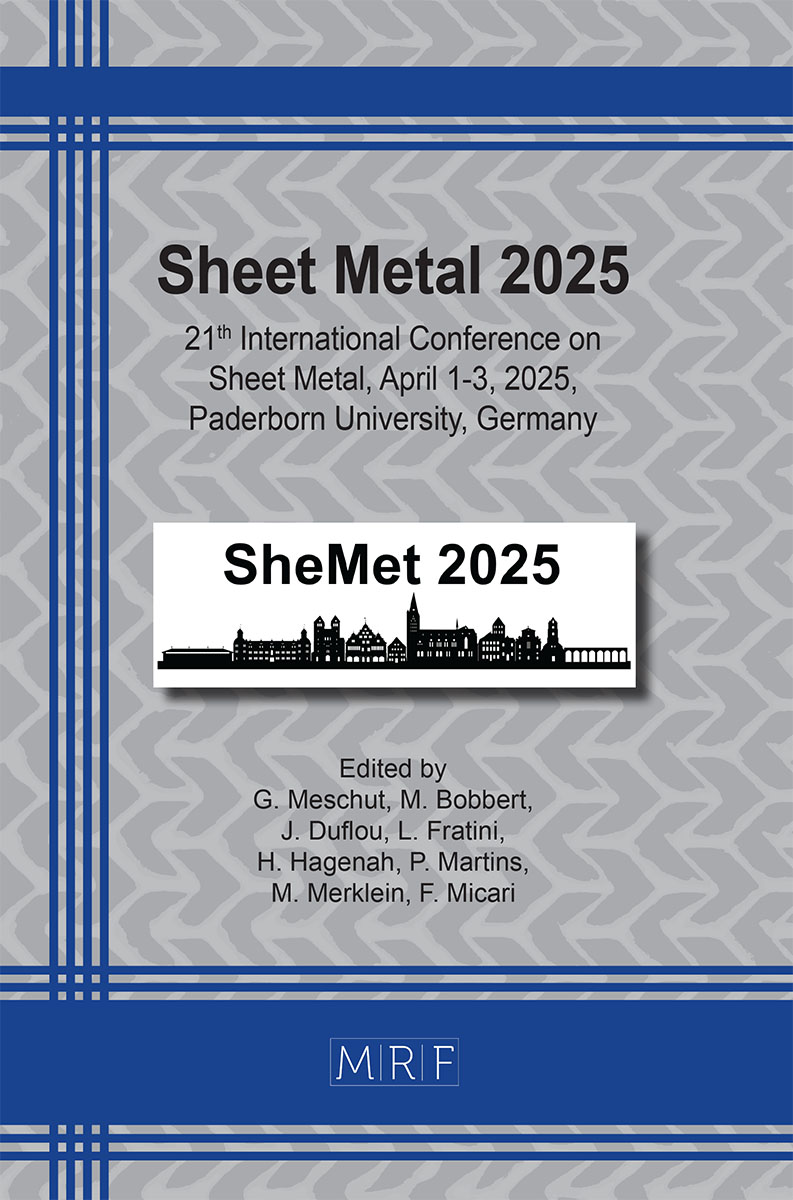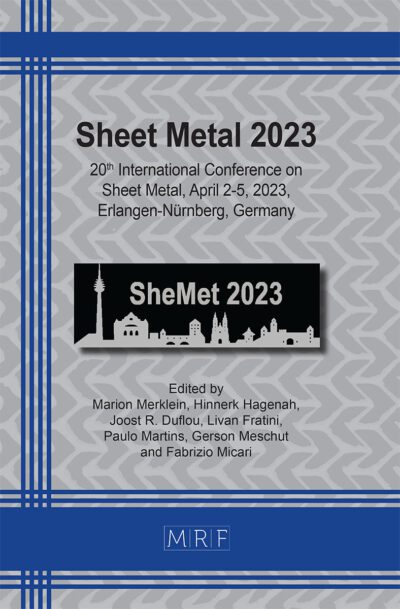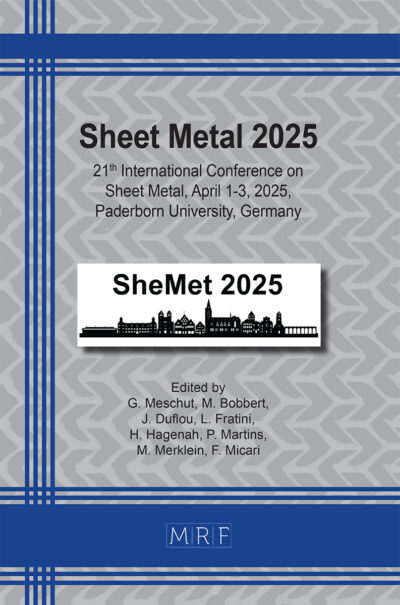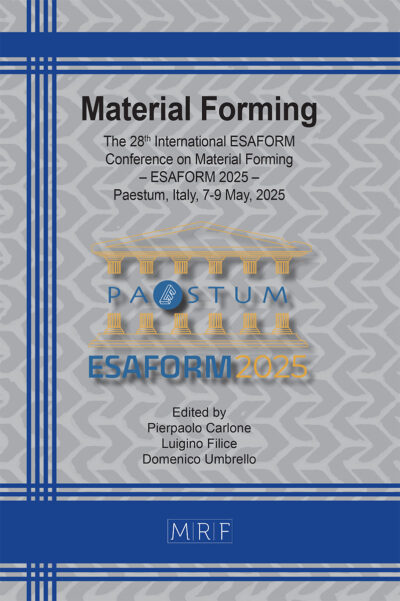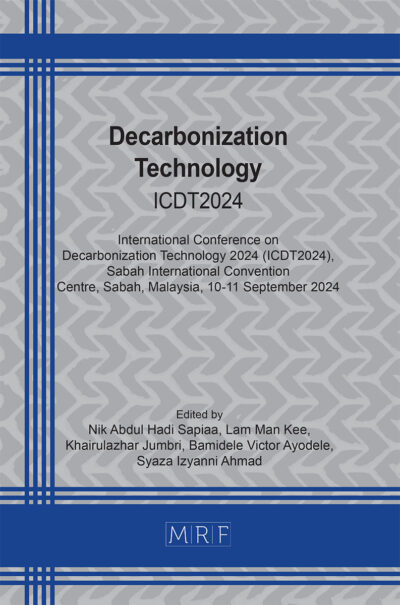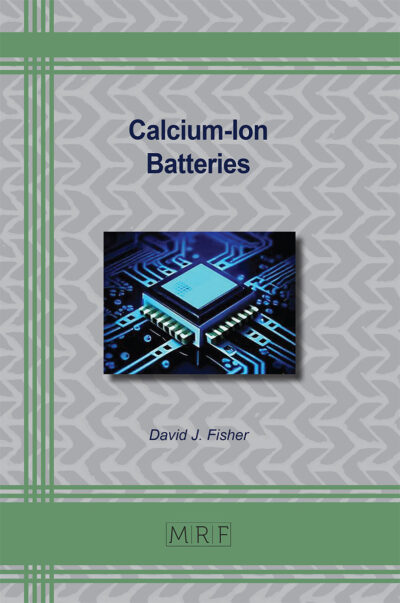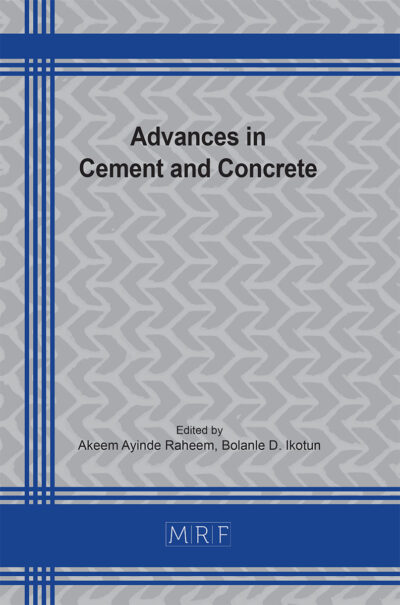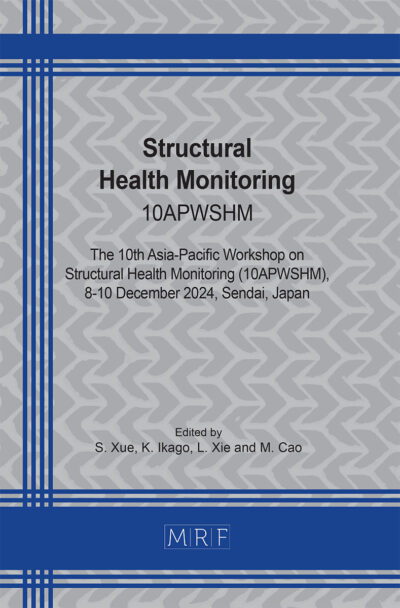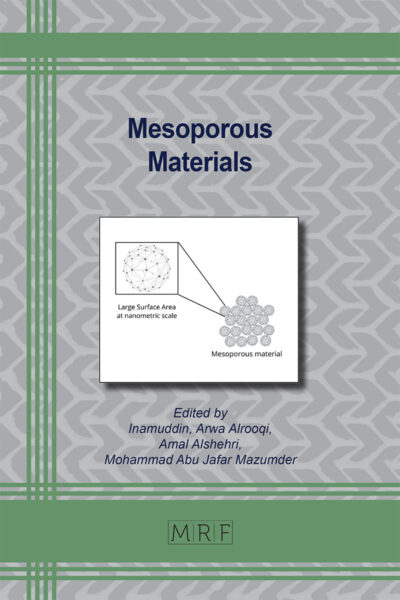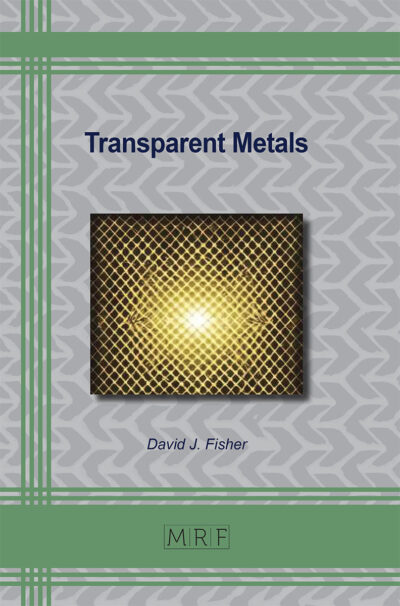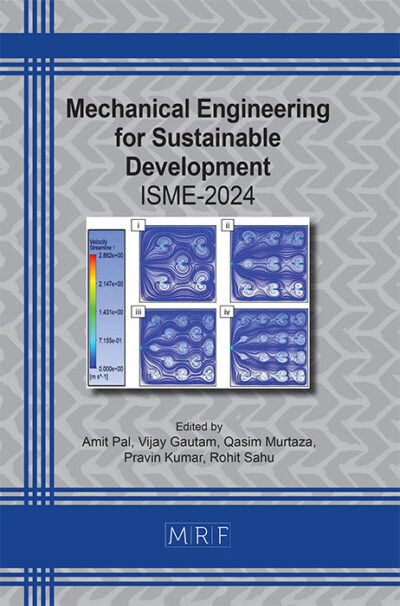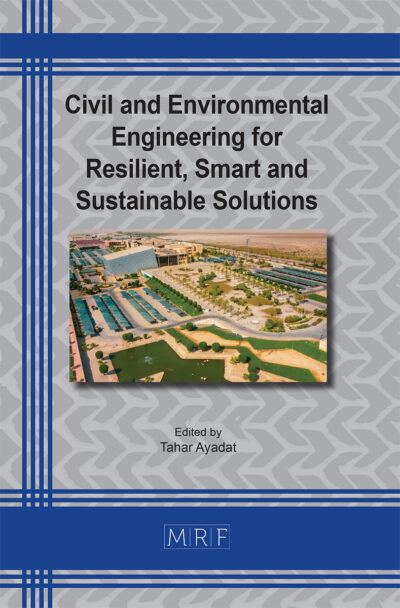Non-destructive testing in versatile joining processes
Michael Lechner, Thomas Borgert, Matthias Busch, Arnold Harms, Pia Holtkamp, Fabian Kappe, David Römisch, Simon Wituschek
Abstract. Mechanical joints are traditionally analyzed through destructive micrograph analysis, which may compromise internal geometry and morphology, as evidenced by radial cracks in semi-tubular self-pierce riveting. In contrast, industrial X-ray computed tomography (XCT) offers a non-destructive method for component diagnosis, providing volumetric insights without damaging the sample and enabling dimensional measurement. The DFG-funded Collaborative Research Center TRR 285 is exploring XCT’s application in assessing mechanical joinability across various joining processes and materials, particularly in multi-material systems like steel-aluminum joints. XCT faces challenges in accurately capturing multi-material compositions, leading to artifacts that complicate interface detection. This research aims to validate XCT for joint investigations, yielding quantitative characteristics that surpass those from traditional micrograph analysis.
Keywords
Computed Tomography, Metrology, Mechanical Joining
Published online 4/1/2025, 8 pages
Copyright © 2025 by the author(s)
Published under license by Materials Research Forum LLC., Millersville PA, USA
Citation: Michael Lechner, Thomas Borgert, Matthias Busch, Arnold Harms, Pia Holtkamp, Fabian Kappe, David Römisch, Simon Wituschek, Non-destructive testing in versatile joining processes, Materials Research Proceedings, Vol. 52, pp 93-100, 2025
DOI: https://doi.org/10.21741/9781644903551-12
The article was published as article 12 of the book Sheet Metal 2025
![]() Content from this work may be used under the terms of the Creative Commons Attribution 3.0 license. Any further distribution of this work must maintain attribution to the author(s) and the title of the work, journal citation and DOI.
Content from this work may be used under the terms of the Creative Commons Attribution 3.0 license. Any further distribution of this work must maintain attribution to the author(s) and the title of the work, journal citation and DOI.
References
[1] Li, D., Chrysanthou, A., Patel, I., Williams, G., 2017. Self-piercing riveting-a review. Int J Adv Manuf Technol 92 (5-8), 1777-1824. https://doi.org/10.1007/s00170-017-0156-x
[2] Johannes Eckstein, 2009. Numerische und experimentelle Erweiterung der Verfahrensgrenzen beim Halbhohlstanznieten hochfester Bleche.
[3] Chiffre, L. de, Carmignato, S., Kruth, J.-P., Schmitt, R., Weckenmann, A., 2014. Industrial applications of computed tomography. CIRP Annals 63 (2), 655-677. https://doi.org/10.1016/j.cirp.2014.05.011
[4] Withers, P.J., Bouman, C., Carmignato, S., Cnudde, V., Grimaldi, D., Hagen, C.K., Maire, E., Manley, M., Du Plessis, A., Stock, S.R., 2021. X-ray computed tomography. Nat Rev Methods Primers 1 (1). https://doi.org/10.1038/s43586-021-00015-4
[5] Busch, M., Hausotte, T., 2022. Application of an edge detection algorithm for surface determination in industrial X-ray computed tomography. Prod. Eng. Res. Devel. 16 (2-3), 411-422. https://doi.org/10.1007/s11740-021-01100-z
[6] Kappe, F., Bobbert, M., Meschut, G., 2021. New Approach for Versatile Self Piercing Riveting: Joining System and Auxiliary Part. KEM 883, 3-10. https://doi.org/10.4028/www.scientific.net/KEM.883.3
[7] Wituschek, S., Lechner, M., 2022. Investigation of the influence of the tumbling angle on a tumbling self-piercing riveting process. Proceedings of the Institution of Mechanical Engineers, Part L: Journal of Materials: Design and Applications 236 (6), 1302-1309. https://doi.org/10.1177/14644207221080068
[8] Kraus, M., Frey, P., Kleffel, T., Drummer, D., Merklein, M., 2019. Mechanical joining without auxiliary element by cold formed pins for multi-material-systems, Proceedings of the 22nd international esaform conference on material forming, Vitoria-Gasteiz, Spain. 8-10 May 2019. https://doi.org/10.1063/1.5112570
[9] Wischer, C., Wiens, E., Homberg, W., 2021. Joining with versatile joining elements formed by friction spinning. Journal of Advanced Joining Processes 3, 100060. https://doi.org/10.1016/j.jajp.2021.100060
[10] Verein Deutscher Ingenieure, 2019. Accuracy of coordinate measuring machines – Characteristics and their testing: Form measurement with coordinate measuring machines.

